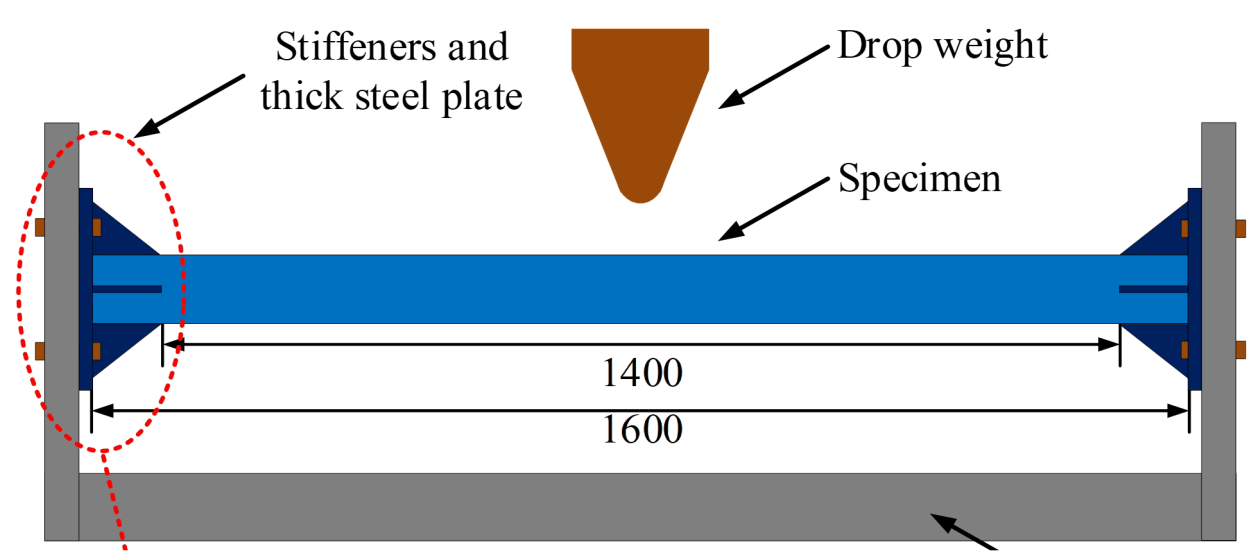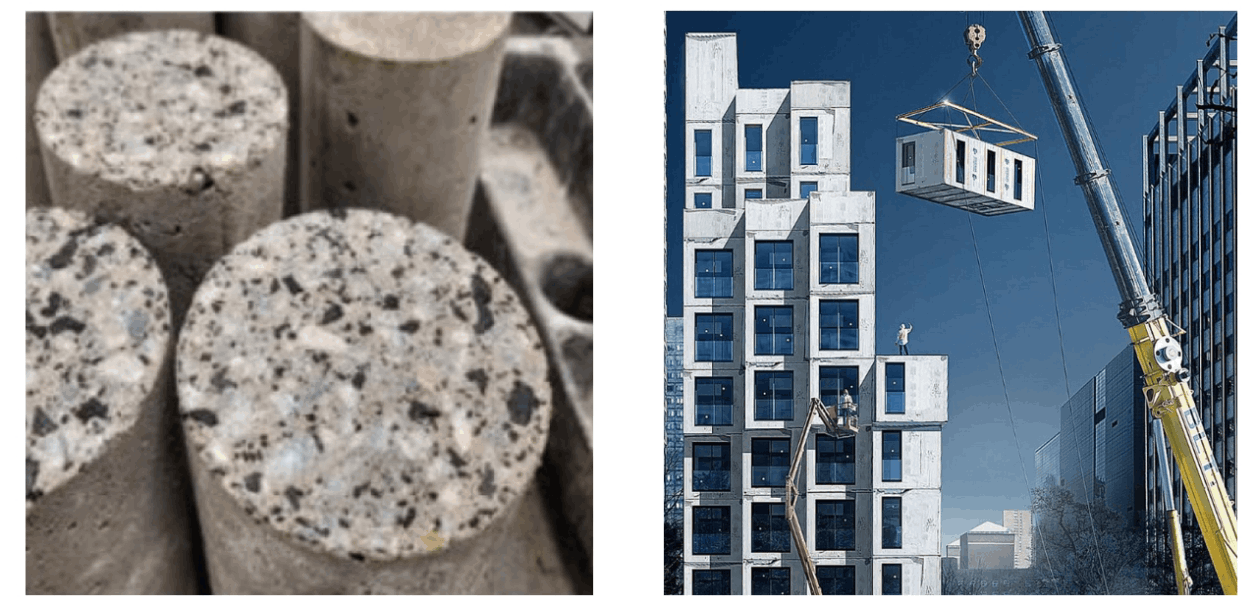Research grants as PI
• RGC RGF: Develop segmental columns-supported bridges with innovative hybrid sliding-rocking joints to cross fault ruptures. 01/2026-12/2028.
• RCRE (Research Centre for Resources Engineering towards Carbon Neutrality): Impact performance of lightweight UHPC: from material to structural component, 01/2025-09/2026
• Guangdong-Hong Kong-Macau Joint Lab: Metamaterial-based modular floating structures: energy harvesting and vibration control integrated design. 5/2025-4/2027.
• RISUD (Research institute for Sustainable Urban Development) Joint Research Fund, PolyU: Developing Meta-float for the vibration control of mega-float. 10/2023-10/2026.
• PolyU Start Up Fund: Development of novel meta-barriers with broadband zero-frequency bandgap for ground-borne vibration attenuation. 01/2023-12/2025.
• National Natural Science Foundation of China: Development of inerter based vibration control method for rocking bridges. 01/2021-12-2024.
• ARC Future Fellowship: Inerter-enhanced metastructure for structural vibration control. 06/2020-06/2024. (ARC Future Fellowship is the most prestigious fellowship program for middle career researchers in Australia. 100 projects are awarded every year across Australia, and only 1 or 2 will be awarded to the civil engineering area.)
• ARC Discovery Project: Development of novel inerter-based damper for platform vibration control. 01/2019-12/2021.
• National Natural Science Foundation of China: Seismic performance analysis of a novel self-centring energy dissipating brace. 01/2018-12/2021.
• ARC Discovery Early Career Researcher Award (DECRA): Using sandwich pipe for pipeline vibration control. 01/2015-12/2017. (ARC DECRA Fellowship is the most prestigious fellowship program for early career researchers in Australia. 200 projects are awarded every year, and normally less than 6 projects will be awarded to civil engineering)
Research areas:

1. Structural Vibration Control
• Inerter: Inerter is a very hot topic in structural vibration control due to its mass amplification and negative stiffness effects. We developed inerter-based methods to control the wave-induced vibration of offshore platforms, earthquake-induced vibration between adjacent structures, vortex-induced vibration of bridges.


• Tuned Mass Damper (TMD): TMD is the most widely used structural vibration control device. We used TMDs/MTMDs to control wind, earthquake and wave induced vibrations of wind turbines; developed pipe-in-pipe system to control earthquake- and vortex-induced vibrations of offshore pipelines/risers; proposed column-in-column system to control seismic-induced vibration of bridge structures.

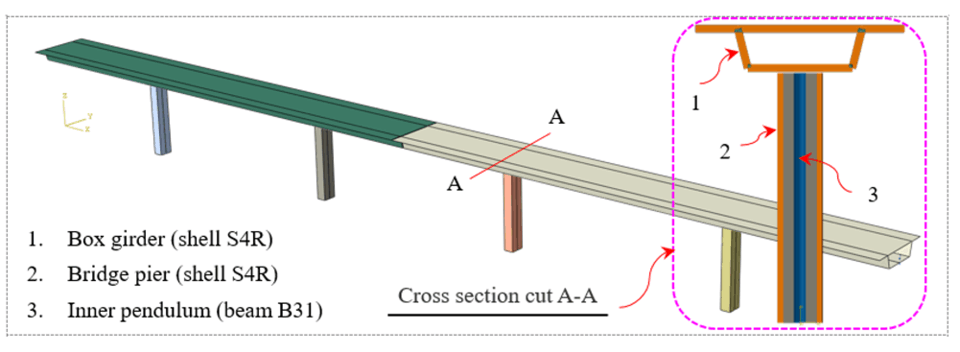

• Ongoing research: Many novel vibration control methods/devices are under development such as metamterial, negative stiffness damper, KDamper, eddy-current damper, sand damper, torsional spring type TMD, etc. We also demonstrated the possibility of using a combined (semi-active) MR damper and negative stiffness device to achieve active control effectiveness.

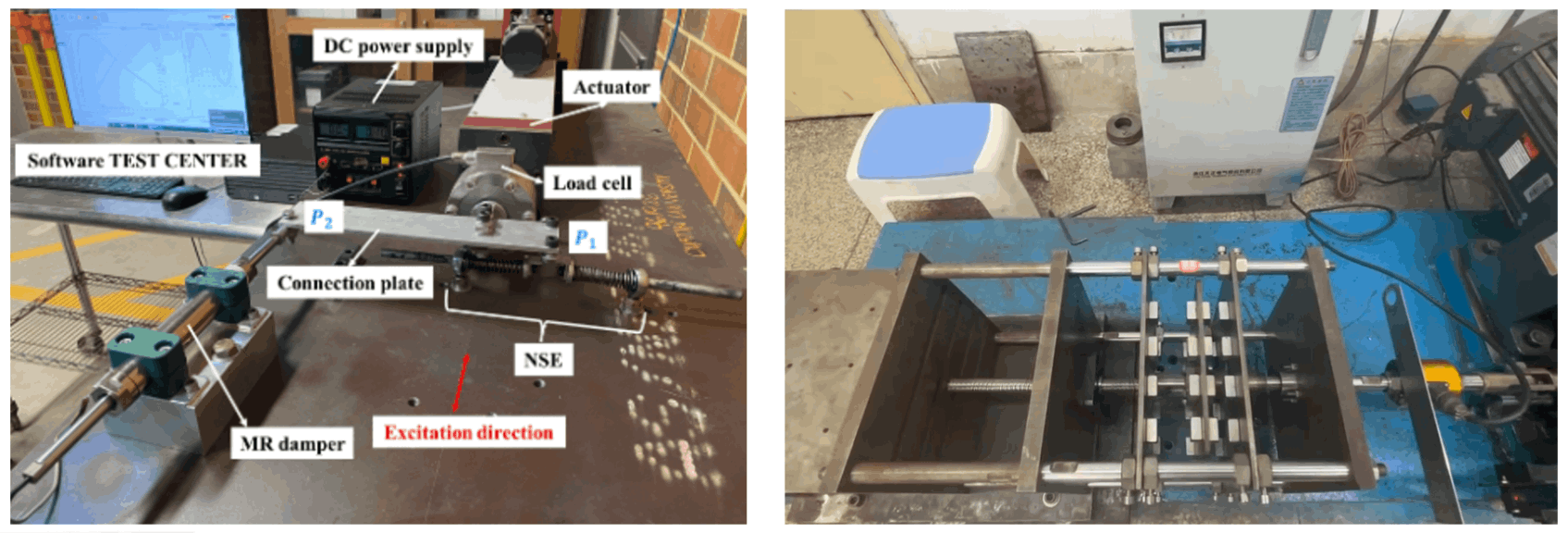

2. Smart Structures and Systems
• Segmental columns and segmental columns-supported bridge (SCSBs): Segmental columns and SCSBs are deemed as good candidate to achieve seismic resilient structures, especially to reduce the residual displacement. We have carried out extensive research works on segmental columns and SCSBs including the cyclic behaviours of segmental columns; seismic performances of SCSBs subjected to the far-field, near-fault, across-fault ground motions; seismic stability of segmental columns and SCSBs. We also applied environmentally friendly materials such as FRP and geopolymer concrete to replace the conventional steel reinforcements/tendons and ordinary Portland cement concrete, and demonstrated its feasibility.


• Self-centring energy-dissipation device (SCED): SCED can be used as structural fuse to dissipate seismic energy and protect the main components of engineering structures. We have developed different types of SCEDs and carried out the first-ever shaking table tests when it is appled to the double-column bridge bent.



3. Earthquake Ground Motion Spatial Variation
• Spatially varying ground motions (SVGMs): SVGMs may significantly influence the seismic responses of engineering structures. We have developed methods to simulate SVGMs on the canyon site and offshore site, which provide accurate seismic ground motions for the structures located in the mountainous and offshore areas.
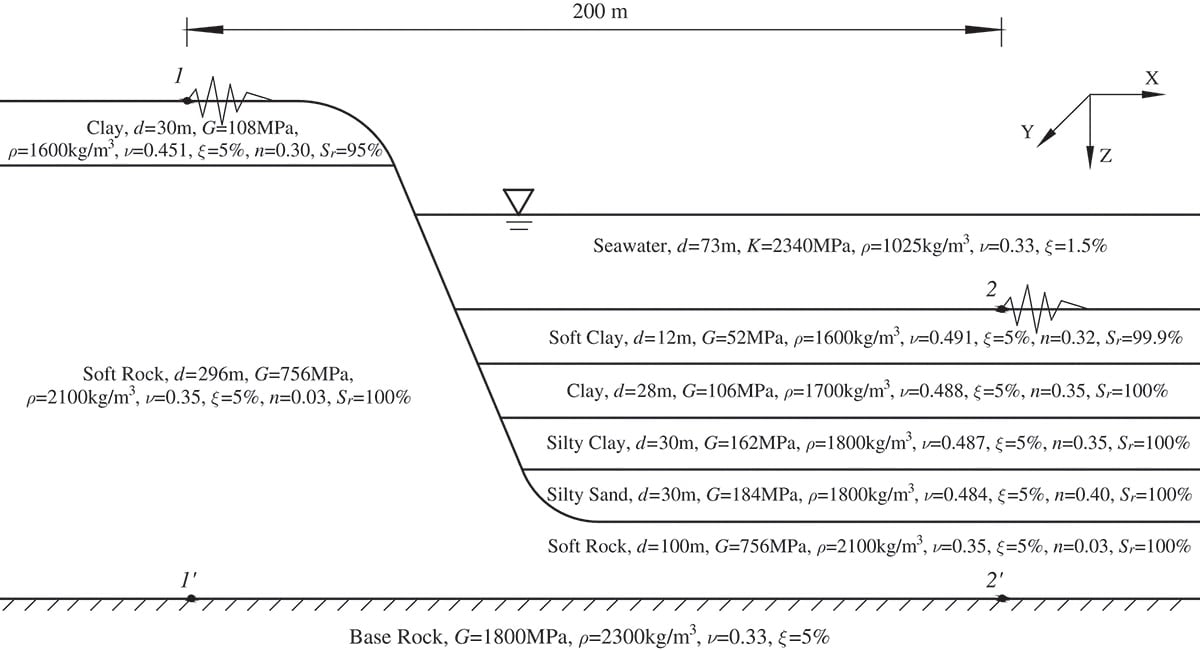
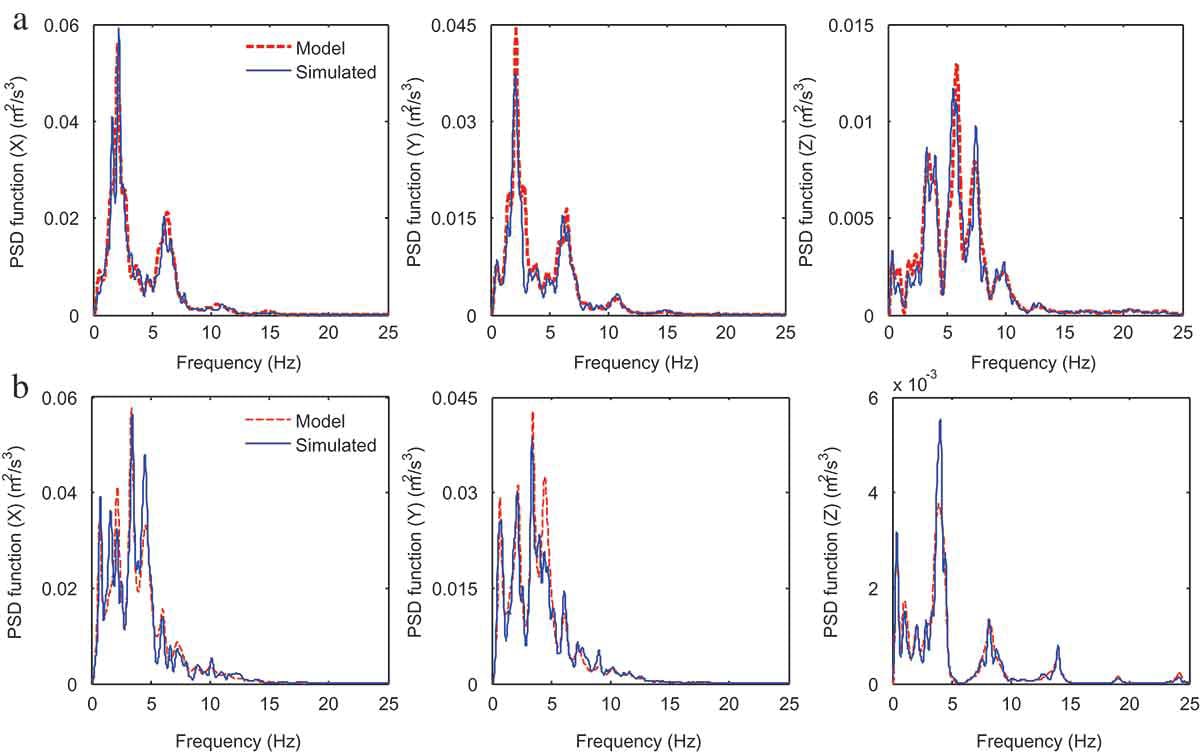
• Seismic responses: We have extensively investigated the seismic responses of different structures subjected to SVGMs including bridges, pipelines, adjacent buildings, transmission tower-line system, wind turbines, etc.

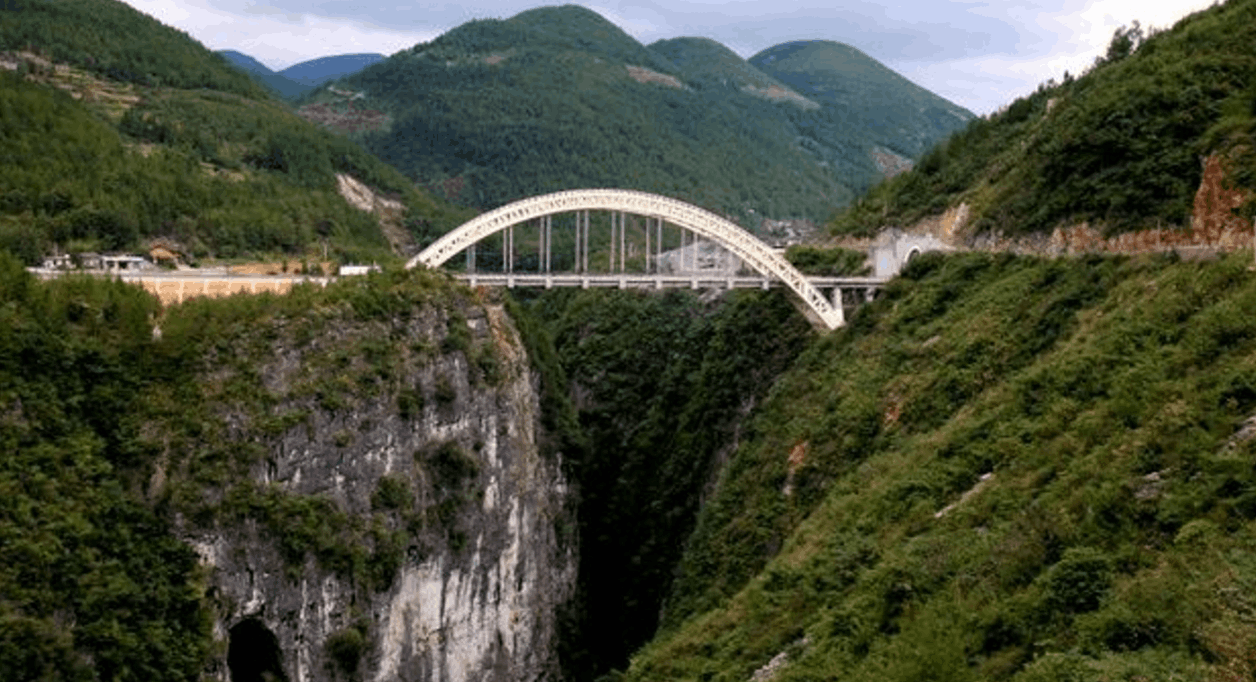

4. Others
Some other research works are also under investigation such as those related to: (1) Impact engineering; (2) Environmentally friendly material; (3) Modular construction, etc.
